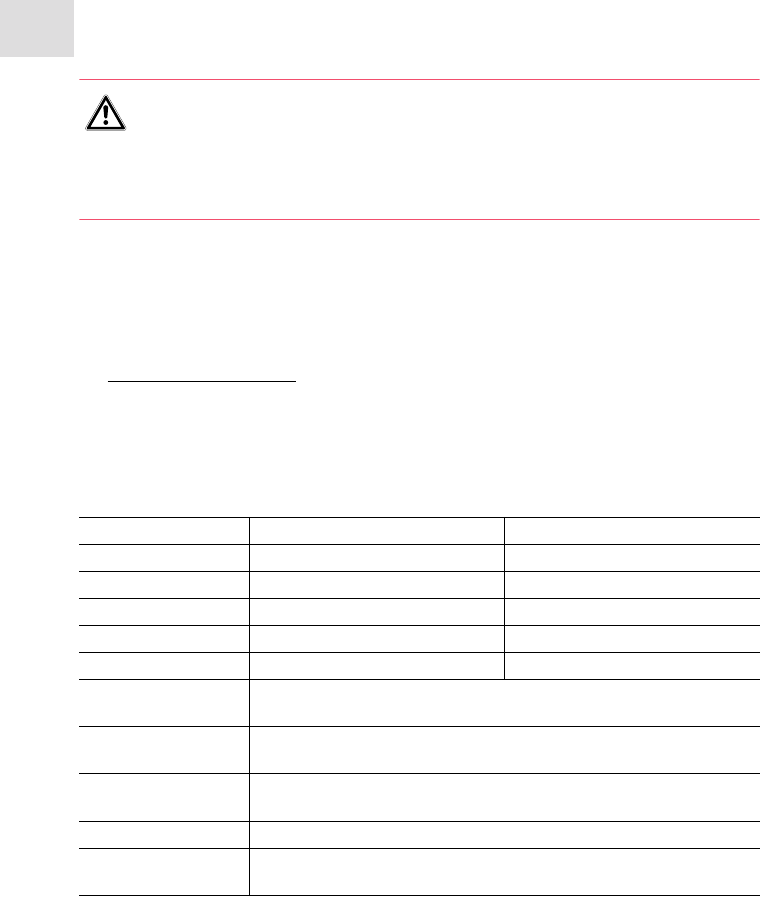User Manual

Instructions for use
Eppendorf Cell Imaging Plates
English (EN)
2
Reagents, consumables contaminated by reagents and materials used for cleaning and
disinfecting must be disposed of in accordance with laboratory regulations.
The surface is tissue culture treated (TCT). The surface should be coated with an
appropriate biological coating (e.g. collagen) to support cell attachment and growth.
Organic solvents may affect the integrity of the adhesive. When using aggressive
chemicals (e.g., acetone) please contact the Eppendorf Application Support
(
support@eppendorf.com).
Extreme temperatures (e.g., when deepfreezing or autoclaving) may result in changes
of the material and can change the mechanical resistance and dimensions of the
Eppendorf Cell Imaging Plates.
3 Technical data
* The centrifugation stability of each plate type generally depends on the centrifuge and
its accessories, the ambient conditions and the liquid used.
The Eppendorf Cell Imaging Plate are packed individually and sterile.
CAUTION! Risk of injury from glass fragments!
Glass fragments can cause cuts.
Handle consumables made from glass with care. Avoid glass breakage.
Do not touch glass fragments with your hands. Use suitable tools to pick up
glass fragments.
Glass bottom Film bottom
Thickness 170 µm 25 µm
Material Borosilicate Fluorocarbon
Hydrolytic class 1 -
Refraction index 1.52 1.34
Abbe coefficient 55 70
Recommended
working volume
24-well: 0.5 mL to 1 mL
96-well: 0.1 mL to 0.2 mL
Total volume 24-well: 1.88 mL
96-well: 0.428 mL
Growth area
24-well: 1.4 cm
2
96-well: 0.3 cm
2
Centrifugability Can be centrifugued up to 300 × g*
Operational
temperature
-20° C to +50° C



